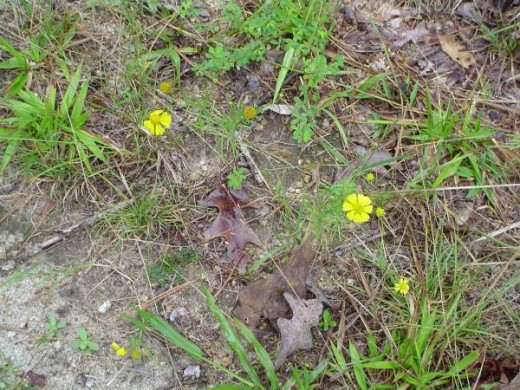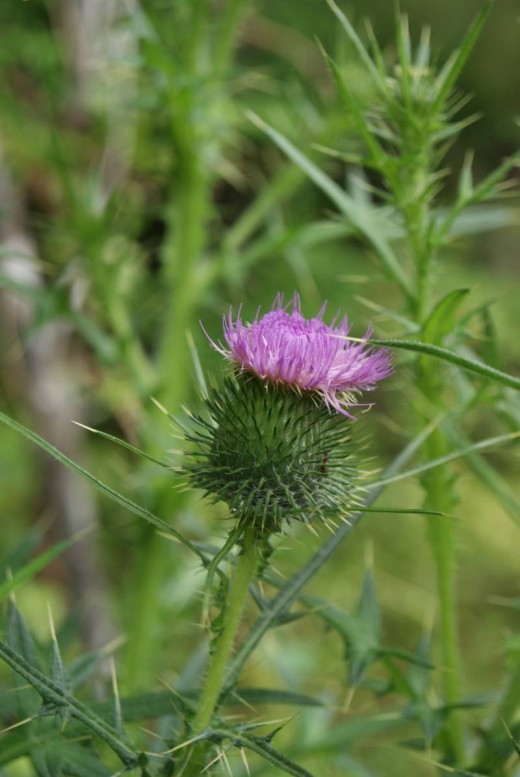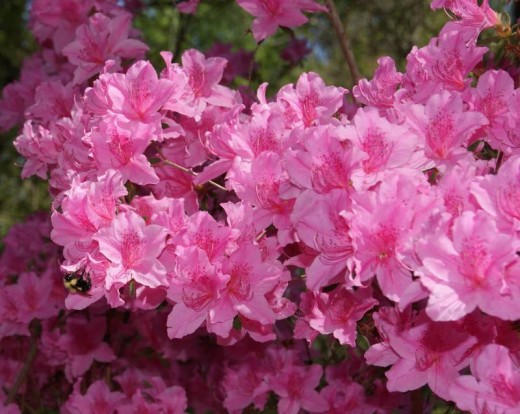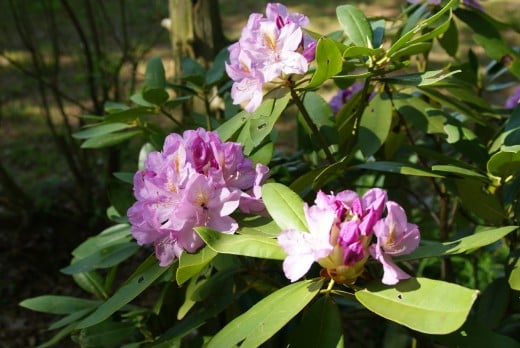Poisonous Plants That May Be Harmful to Your Horses
Is it Toxic?
Summer is the time horse owners become most aware of weeds growing in their pastures and are concerned about which ones pose a hazard to the horses. Your county extension horticulturist or livestock agent may be able to tell you over the phone if you know the identity of the plant, or the agent can make a home visit to help. But, not every horse owner has access to a county extension service, or may need to know right away. Horse Owner's Field Guide to Toxic Plants by Sandra M. Burger is available at bookstores, tack shops and online book sellers. It is a good addition to your library. You can quickly look for the plants in question as the book has photographs of each plant.
Sneezeweed is commonly found in poor pastures

Thistle is commonly found in pastures, along fencelines and roadsides.

Getting Rid of Toxic Plants Once Identified
Having a copy of Horse Owner's Field Guide to Toxic Plants in your library will help ferret out what weeds are safe, as well as ornamental plants in the landscape of your horse facility. It is easy to use, with full color photographs of hundreds of plants. Divided into sections according to the type of plants: trees, shrubs, bushes and vines, ferns and palms, weeds and wildflowers, and grasses and horsetails, you can quickly look up the plant in question with its scientific and common names. Each plant has a description, list of similar species, a map showing the geographic distribution, what part of the plant is poisonous and the toxic principle, signs of the poisoning and what to do.
Most horses will not eat weeds if they have a choice. Well fed, with plenty of good forage, either hay or pasture, horses will normally eat around noxious weeds and ornamental plants. But, bored and young, curious horses may nibble at a toxic plant. Depending on the plant, its stage of growth and condition, it may not take more than a nibble to make the horse sick. Sometimes hay will have weeds mixed in and the horse will accidentally eat the weed with the hay. Horses in a dry lot may eat weeds out of boredom or because they instinctively need to graze after they clean up their hay.
Keep pastures mowed and feed of weeds, and keep fence lines clean of weeds. Birds often drop seeds while sitting on fences. One example of a very toxic plant often found along the fences is cherry tree seedlings. Be sure to clear away cutting when you trim these plants since they are most toxic when wilted.
Many ornamental plants like azaleas are toxic


Call Your Vet
If you suspect your horse has been poisoned call your vet immediately. Try to determine what the horse ate in order for the vet to know how to treat the horse. Some of the toxins found in various plants are alkaloids, glycosides, resins, acids, and amines. Scientists don't know what it is about some plants that make them toxic. I found some of the plants listed surprising; buttercups for example can cause salivation to blindness depending on how much is eaten, the age and condition of the horse and growing condition of the plant. Fortunately, buttercups do not taste good and the horse normally will not eat them. Some plants listed are not necessarily deadly but cause different degrees of discomfort to the horse as in red clover, which causes some horses to slobber, although eating a large quantity can cause colic. Having this handbook handy will possibly help save your horse's life.
This content is accurate and true to the best of the author’s knowledge and does not substitute for diagnosis, prognosis, treatment, prescription, and/or dietary advice from a licensed health professional. Drugs, supplements, and natural remedies may have dangerous side effects. If pregnant or nursing, consult with a qualified provider on an individual basis. Seek immediate help if you are experiencing a medical emergency.
© 2008 Donna Campbell Smith








